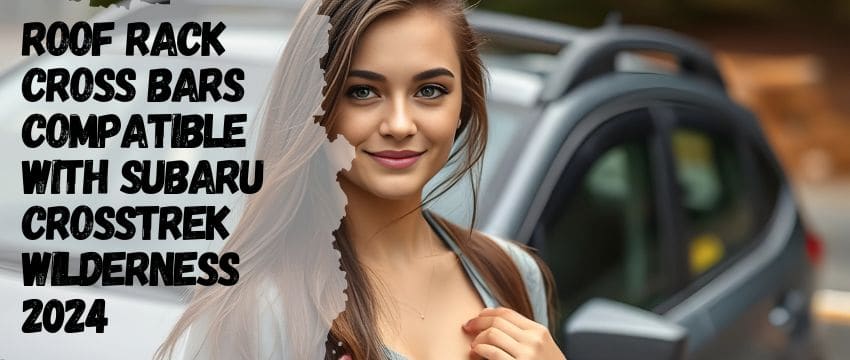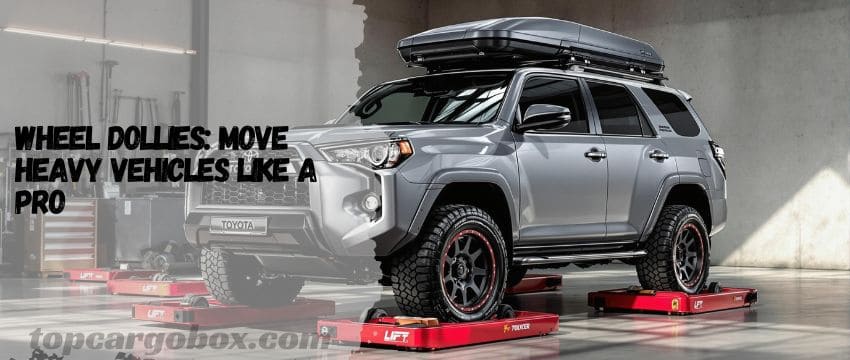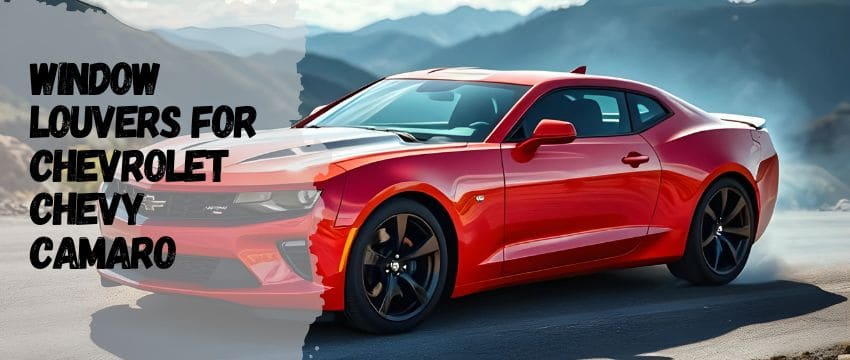For outdoor enthusiasts and practical drivers alike, roof racks are the unsung heroes of vehicular freedom. They transform your car into a mobile storage unit, capable of hauling everything from kayaks to lumber. Among the sea of options, the Koarigo Roof Rack Cross Bars stand out as a budget-friendly yet robust solution. Designed for the 2024 Subaru Crosstrek Wilderness and other compatible models, these crossbars promise durability, ease of use, and versatility. But do they deliver? Let’s dissect their features, real-world performance, and how they stack up against pricier competitors.
Compatibility: Why Vehicle-Specific Design Matters
One of the Koarigo crossbars’ strongest selling points is their vehicle-specific fit. Unlike universal racks that force a one-size-fits-all approach, these bars are engineered to align perfectly with the factory-installed roof rails of the Subaru Crosstrek Wilderness 2024. This precision ensures a snug, rattle-free fit, crucial for maintaining stability on rough terrains or highways.

Before purchasing, verifying your vehicle’s make, model, and year is essential. A mismatched rack can lead to improper weight distribution, risking damage to your car’s roof or the rack itself. Koarigo’s design avoids this by contouring to the Crosstrek’s rails, using adjustable clamps that grip without scratching thanks to protective rubber pads.
User Insight: One Crosstrek owner noted the rear clamps appeared slightly wide but confirmed they secured tightly without shifting, even during off-road adventures. This minor aesthetic quirk didn’t compromise functionality, proving that tailored engineering trumps sleek looks for reliability.
Durability and Construction: Built to Last or Just Built to Sell?
The Koarigo crossbars are crafted from high-strength aluminum alloy, a material chosen for its blend of lightness and resilience. Aluminum resists rust—a boon for coastal drivers—and handles up to 300 lbs while driving, 400 lbs when stationary, and 154 lbs on off-road trails. These ratings cater to diverse needs, whether you’re hauling a rooftop tent or a weekend’s worth of camping gear.
The streamlined, aerodynamic profile isn’t just for show. It slices through air, reducing wind noise and drag. Users reported no noticeable drop in fuel efficiency, a common gripe with bulkier racks. The integrated rubber strip along the bar’s center isn’t merely decorative; it allows for easy customization. By slicing a pre-marked slit, you can insert T-bolts to secure accessories like bike mounts or cargo boxes, a feature praised for its practicality.
Real-World Test: A DIY enthusiast loaded 8-foot plywood sheets repeatedly, stressing the bars’ 300-lb dynamic limit. Despite initial skepticism, the bars showed no warping, though periodic screw tightening was necessary—a small trade-off for their affordability.
Installation: DIY-Friendly or a Mechanic’s Nightmare?
Ease of assembly is where Koarigo shines. The rack arrives with all necessary tools and a manual that even novices can follow. The snap-on mounting system requires no drilling, a relief for those wary of permanent modifications.
Step-by-Step Experience:
- Position the Crossbars: Align them with your roof rails at the desired width.
- Attach Clamps: Secure the adjustable clamps using provided hex keys.
- Tighten Screws: Finalize the fit, ensuring no movement.
Users completed installations in 15–30 minutes, though some noted the screws under the bar sleeves were tricky to access. A Forester owner highlighted that reinstallation took mere minutes once adjusted, ideal for seasonal use.
Pro Tip: Follow the manual’s advice to avoid over-tightening, which can strip threads. Regular checks every few months prevent loosening from vibrations, a universal issue with roof racks.
Performance: From Highways to Backcountry Trails
Koarigo’s crossbars aren’t just about hauling—they’re about hauling smartly. The aerodynamic design minimizes the dreaded “whistle” common with square bars, making highway drives quieter. Despite their 8-pound weight, they feel sturdy, a testament to the aluminum alloy’s strength.

Load Capacity Concerns: Some users questioned the lack of visible weight certifications in product images. However, real-world tests with roof boxes and bikes affirmed their reliability for light to moderate loads. While rooftop tents might strain the 300-lb limit, Koarigo positions these bars as ideal for skis, surfboards, or cargo baskets.
Off-Road Viability: On uneven terrain, the anti-vibration rubber pads kept the rack stable, though users cautioned against exceeding the 154-lb dynamic limit. For serious overlanders, pairing these bars with a reinforced cargo carrier is advisable.
Aesthetic and Practical Trade-Offs
The Koarigo’s bulky clamps drew mixed reactions. While functional, they lack the sleekness of OEM options, sitting higher on the roof rails. However, this design choice enhances grip and adjustability, proving that form follows function.
Visual Appeal: The aero-shaped bars mimic high-end models, their matte black finish blending seamlessly with most vehicles. For those prioritizing stealth, the clamps’ prominence is a minor sacrifice for significant cost savings.
Value for Money: Koarigo vs. the Competition
At half the price of Subaru’s OEM crossbars, Koarigo offers undeniable value. Competitors like Thule or Yakima boast brand prestige but often lack vehicle-specific fits. For example:
- Thule WingBar Evo: Sleeker but costs 3x more.
- Yakima CoreBar: Superior load capacity but requires additional adapters.
Koarigo’s anti-theft locks, while basic, deter opportunistic thefts. Though one user quipped, “Who steals roof racks?” the locks provide peace of mind in crowded trailheads.
Safety and Maintenance: Keeping Your Rack Road-Ready
Safety hinges on proper installation and upkeep. The included locks, though weather-exposed, benefit from occasional lubrication to prevent rust. Silicone spray on the keyhole and hinges ensures smooth operation.
Maintenance Checklist:
- Monthly Inspections: Check clamp tightness and rubber pad integrity.
- Post-Trip Cleanups: Remove debris from the T-slots to prevent corrosion.
- Speed Adherence: Respect the 75 mph limit to avoid undue stress.
Final Verdict: Who Should Buy the Koarigo Crossbars?
These crossbars are a budget-conscious adventurer’s dream. Ideal for casual users needing reliable transport for gear without OEM prices, they excel in urban and mild off-road scenarios. While heavy-duty overlanders might crave higher certifications, Koarigo strikes a balance between cost, durability, and ease.
In the words of a satisfied Crosstrek owner: “They’re not perfect, but for the price, they’re unbeatable.” If you seek functionality over flair, these bars are your ticket to adventure.
Equip your ride with Koarigo Roof Rack Cross Bars today—where affordability meets rugged practicality.
Our team is creating outdoor-gear relevant articles with passion. If our articles can help you to find the correct solutions for your questions, we will be happy about that. In the content creation process, we usually collect accurate and useful information online or offline to compile our content in an organized way. Consequently, we can guarantee that you can discover some expected answers to your questions. We appreciate your time on our site.







